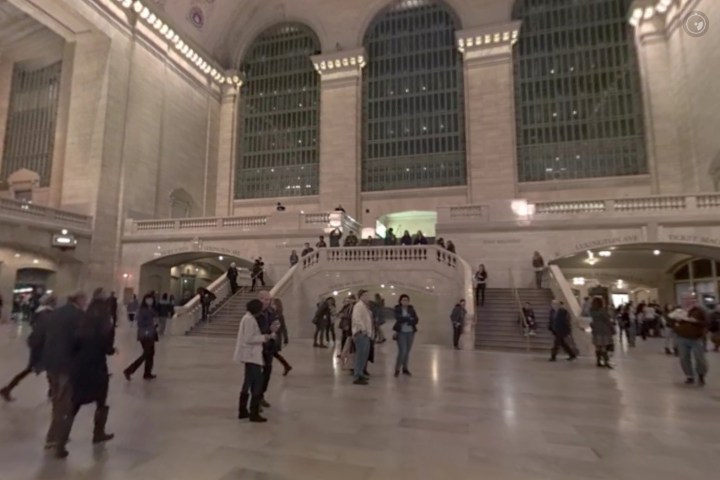
The film is shot as a single take in New York’s Grand Central Station, and you, the viewer, “stand” in a single spot as strangers pass by. You’ll also hear small soundbites of audio, as a family says goodbye to their daughter, two friends take photos of each other in the station, a couple argues, and so on.
“Explore Grand Central Terminal and the stories that unfold there in the first film shot with the new Facebook Surround 360 camera. Watch the film in standard monoscopic 360 here, or find it in the Oculus Video app to watch in full 3D-360 with Gear VR,” Facebook says in a statement.
The video itself was created by Facebook’s The Factory creative studio, and according to a report from CNET, Grand Central Station was chosen because it “fit their goals to tell many stories of humanity in one take.” The studio also “loved that the station could be a character in and of itself since its so iconic.”
Perhaps even more interesting is the fact that the video was shot using Facebook’s Surround 360 camera rig. Thirteen complete shots of the film were recorded over three nights at Grand Central Station, because of the fact that it’s impossible to edit shots in post production.
The film can be viewed on a computer screen, or you can view it on the Samsung Gear VR headset, built with Oculus, which is owned by Facebook.
If you’re interested in making your own films like this, you can also do that, but you may have to shell out a cool $30,000 to do so — Facebook is planning on posting the designs and the software code for the rig to GitHub later this summer.



